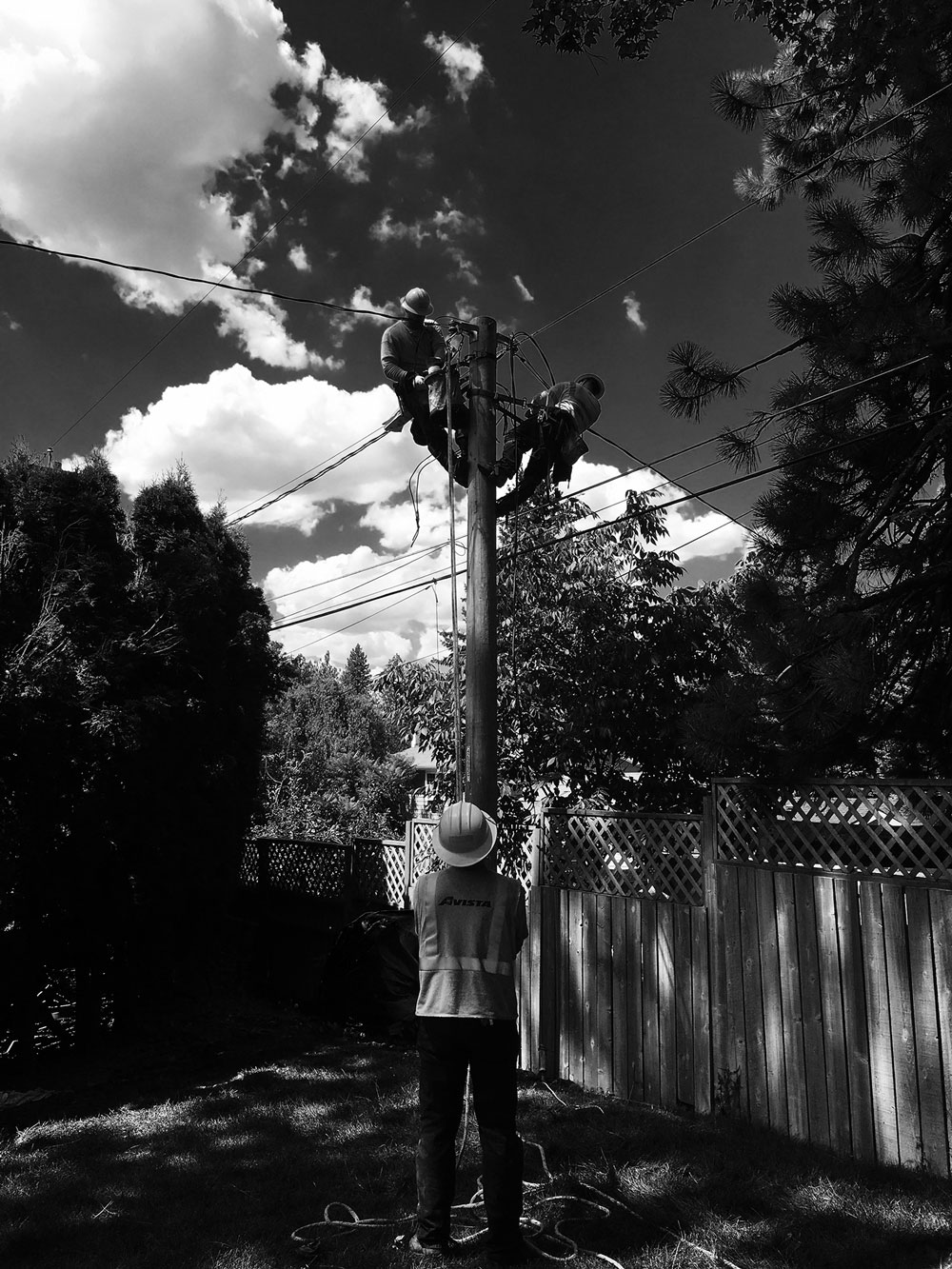With an invigorated national focus to upgrade, enhance, and construct broadband infrastructure to meet an insatiable consumer appetite, America’s telecommunication workers will play a vital, challenging, and inherently hazardous role. To mitigate those hazards, education, training, and qualifications are the tools needed to ensure the safety of all workers who access that shared utility space.
However, for those working in or seeking a career in telecommunications, and for employers attempting to fill open positions, those tools and knowledge may not be readily accessible due to the lack of broadly adopted national training standards, certifications, and testing. This lack of resources could lead to an increasing gap of qualified workers which could slow the roll out of new technologies and services.
Unfortunately, ambiguity in qualification guidelines often means it is unclear for employers and employees to understand what it means to be a qualified telecommunications worker. Unlike telecommunication utility workers, electrical utility workers benefit from access to a formalized training process and national certification that creates consistency and drives safety. For example, through the Electrical Training Alliance (formerly NJATC) an electric lineman can become a journeyman, enabling the worker to perform their duties anywhere in the country, and employers can feel confident in an employee’s abilities. The same level of training simply does not exist for telecommunications workers yet.
To those with limited understanding of the roles, a telecommunication worker and an electrical worker may appear to have similar jobs and could potentially have similar training. However, there is currently only national training for high/medium voltage, and not for low voltage workers. As per the NESC, low voltage is considered 0 to 600 volts, which is typically the voltage at which telecom workers operate.
According to the National Electrical Safety Code® (NESC), apart from meeting any State or Federal training requirements, and being able to physically do the work, a telecom worker should meet three criteria in order to be considered qualified.
- Be able to identify all the parts and pieces on a utility structure (which indicate where the high and low voltage areas reside)
- Know the voltages present in the high and low voltage areas
- Know the minimum approach distance to the high and low voltage areas
To help workers understand if they are qualified or not, a standard is currently being developed by IEEE Standards Association (IEEE SA). IEEE P2939 will focus on providing recommendations for the development of consistent guidelines, information, and/or methodologies for the evaluation and inter-company cooperation on managing pole attachments on Electric Utility infrastructure. A considerable effort is being made to identify educational curricula and training means and methods, for the development of proper educational programs on these particular topics.
The risks of not having qualified workers are a threat to the workers safety, environmental safety, such as potential fires or damage to the surrounding areas, and harm to the public. As you can see there are real world implications for not having a well-trained and qualified workforce now and into the future.
If you want to learn more about IEEE P2939 and NESC, visit https://standards.ieee.org/project/2939.html?utm_source=iaei&utm_medium=pr&utm_campaign=nesc-2021
and
https://standards.ieee.org/products-services/nesc/index.html?utm_source=iaei&utm_medium=pr&utm_campaign=nesc-2021.















Find Us on Socials